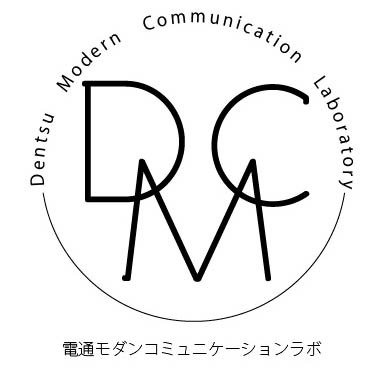Nice to meet you. I'm Masanobu Shiraishi, the fourth reviewer for DMC Lab. I've been working in creative in Osaka, sales in Kyoto, and sales in Tokyo for 13 years now. While my life has been a bit shipwrecked, I want to think about the future of advertising together with you all and chart a course forward, so as not to be swept away in the sea of marketing and communication where new waves keep surging.
That said, the book I introduce this time, Junzo Ishii's The Power of Being Close (Seigakusha Business Series), isn't about the "cutting-edge marketing theories, planning methodologies, or creative theories" we've covered in this series so far. It's based on essays the author wrote over two to three years, and as the subtitle "Pragmatism" suggests, it's grounded in a perspective that prioritizes practice over theory.
"Practice overcomes the walls of reality and transcends theory" is [...] a crucial tenet of pragmatism and the book's central message. (P286)
Therefore, this time, let's set aside the "theory" in our heads for a moment and use this book to reexamine the "practice" that is so vital for us practitioners on the front lines.
Now, the book identifies the "power to be present"—which also serves as its title—as essential for achieving this "practice beyond theory." The author defines this "power to be present" as "the ability to engage in creative observation in clinical (i.e., field) settings and gain insights from it."
The book introduces Eisai, a pharmaceutical company, as a case study. Eisai's articles of incorporation state, "We share the joys and sorrows of our patients." Employees dedicate 1% of their work time to accompanying patients. As part of their work, employees spend time with patients, tasked with sensing what brings them joy, anger, sorrow, or delight. By closely accompanying patients in their lives, new perspectives emerge for product development. Eisai has embedded this practice into specific operations, sharing it organizationally as a project with over 500 themes.
A significant part of our work involves exploring consumer insights related to specific products or services. In this sense, the "ability to be close" is an essential skill. However, when it comes to sharing the insights gained from this work (of course, limited to basic, universal aspects of society, the times, and humanity, not confidential information) across the organization, it remains insufficient, and there seems to be room for improvement.
For example, our lab holds regular meetings for information exchange. Hearing raw voices directly from people gathered around completely different axes than our daily work—voices gained by each person staying close to their subjects (clients, consumers, media, etc.) in the field—is incredibly stimulating. New projects sometimes emerge from these discussions. While such initiatives aren't limited to our lab and likely exist in various other forms, there's still room to expand them further.
Furthermore, this book also touches on "embedding" with the subject, a step beyond simply "staying close."
This method stems from Michael Polanyi's idea that "people possess an unrecognized (tacit) knowledge." He conceived the concepts of "proximal term" and "distal term" from the mechanism of human facial recognition.
When recognizing a person's face, we use the characteristics of each part (proximal terms) as clues to recognize the whole (distant term) as distinct. We cannot recognize the face as a whole by ignoring its individual parts. However, once we recognize the distant term—the face as a whole—as such (once we can distinguish that person's face from another's), our recognition of the characteristics of the individual parts (proximal terms) becomes precarious. (P139)
This story struck me as remarkably similar to the process for generating ideas described in the textbook classic How to Think and What to Think (James W. Young). The book continues by stating:
We can recognize things even without understanding the process of recognition. This is what Polanyi called the "knowledge that we know implicitly."
Max Planck became convinced of quantum theory, and Albert Einstein of relativity theory, not because mountains of evidence guaranteed their certainty. Similarly, when Yamato Transport's then-President Masao Ogura conceived the home delivery business model, it came to him like a revelation upon seeing four UPS vehicles parked at a Manhattan crossroads. The analysis and calculations regarding its feasibility came later. It was not the other way around. In other words, the business model was not created through accumulated analysis. (P139-140)
If we cannot arrive at it through analysis and the process remains unclear, can we consciously obtain the "workings of tacit knowledge"—the "flash of insight"? This is where Polanyi emphasizes the method of "dwelling in the object." He argues that to open the circuit from the immediate clues before us (the proximate term) to the meaningful whole (the remote term), it is essential to dwell within that object. If the earlier "being close" means observing the subject, then "dwelling within" seems to go a step further: becoming the subject itself. If the subject is a person, it means fully embodying their feelings. If the subject is a theory, it means mastering that theory and exploring its possibilities in various ways. The author defines it as: "First comes the act of 'being close,' and through that, a deep connection with the other emerges, leading to a stage of integration that is 'dwelling within.'"
Gaining insight by staying close to the field, and gaining ideas by immersing oneself in the subject. These represent one form of the "practice beyond theory" advocated in this book. While you may already do these things routinely in your daily work, personally, having them articulated anew in this book allowed me to consciously reaffirm them and reassess my fundamental stance.





